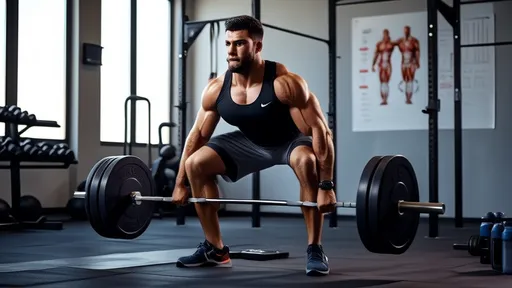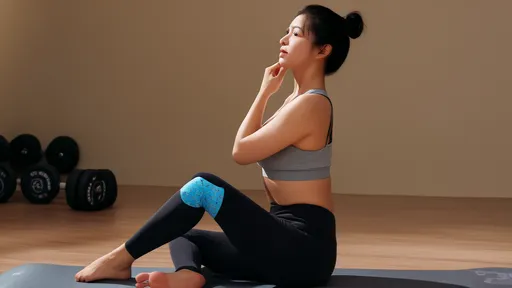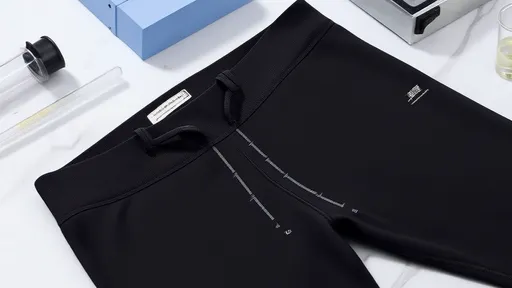For many fitness enthusiasts, the pull-up remains one of the most challenging yet rewarding bodyweight exercises. Going from zero to ten consecutive pull-ups is a common goal, but achieving it requires more than just brute strength. It demands a structured approach, patience, and an understanding of the mechanics behind the movement. Whether you're a beginner struggling to lift your chin over the bar or an intermediate looking to increase your reps, this guide will help you break through plateaus and build the strength needed to hit double digits.
The pull-up is a humbling exercise. Unlike push-ups or squats, which allow for gradual progression, the pull-up often feels like an all-or-nothing movement. Many beginners find themselves stuck at zero, unable to complete even a single repetition with proper form. This frustration can lead to discouragement, but the key is to recognize that pull-ups are a skill as much as they are a test of strength. Breaking down the movement into manageable steps and addressing weaknesses systematically can make the journey from zero to ten far more achievable.
One of the biggest misconceptions about pull-ups is that they're purely an upper-body exercise. While the lats, biceps, and shoulders play significant roles, core strength and proper body positioning are equally important. Engaging the scapulae and maintaining tension throughout the body allows for more efficient movement. Without this full-body coordination, even those with considerable arm strength may struggle to perform multiple clean repetitions. Understanding this interconnectedness is crucial for developing a sustainable pull-up practice.
Building foundational strength should be the first priority for anyone starting from zero. Exercises like inverted rows, scapular pulls, and dead hangs help develop the necessary musculature and grip endurance. These movements teach the body how to engage the correct muscles while gradually building the strength required for full pull-ups. Neglecting these progressions often leads to compensatory movements like kipping or excessive swinging, which may allow for more repetitions but fail to build genuine strength.
The transition from assisted pull-ups to unassisted repetitions marks a significant milestone in the journey. Resistance bands can be valuable tools during this phase, but they should be used strategically. The goal is to gradually reduce assistance rather than becoming dependent on the band. Many trainees make the mistake of using bands that provide too much help, which slows progress. Instead, opt for minimal assistance that allows you to complete reps with proper form while still challenging your muscles.
Consistency trumps intensity when developing pull-up proficiency. Rather than exhausting yourself with daily max-effort attempts, a structured approach with adequate recovery yields better results. The muscles involved in pull-ups, particularly the smaller stabilizers in the shoulders and back, require time to adapt to the demands of the movement. Overtraining these areas can lead to stagnation or even injury, setting back progress significantly. A balanced routine that includes pulling movements two to three times per week allows for steady improvement.
Nutrition and recovery play underappreciated roles in pull-up progression. Building the strength for ten consecutive pull-ups requires muscle adaptation, which occurs during rest periods. Inadequate protein intake or poor sleep quality can hinder this recovery process. Many trainees focus solely on their workout routine while neglecting these foundational elements. Ensuring proper hydration, balanced nutrition, and quality sleep creates an environment where the body can rebuild stronger between training sessions.
The psychological aspect of pull-up training shouldn't be underestimated. Unlike exercises where you can gradually add weight, the binary nature of pull-ups - either you complete the rep or you don't - can be mentally challenging. Developing the mental toughness to push through difficult repetitions is just as important as physical strength. Visualization techniques and setting small, achievable milestones can help maintain motivation throughout the process.
As reps increase beyond five, many trainees hit a plateau where adding additional repetitions feels impossible. This is where variations like eccentric pull-ups, isometric holds, and cluster sets become valuable tools. Eccentric training, which focuses on the lowering portion of the movement, is particularly effective for breaking through sticking points. These advanced techniques create novel stimuli that challenge the muscles in different ways, sparking new adaptations.
Form deterioration is the enemy of progress. As fatigue sets in during later reps, it's tempting to sacrifice form to complete the set. While this might allow for higher numbers in the short term, it reinforces poor movement patterns and increases injury risk. Maintaining strict form, even if it means stopping a set short, ensures that each repetition contributes to genuine strength development. Quality always trumps quantity when building a solid pull-up foundation.
The journey from zero to ten pull-ups is rarely linear. Most trainees experience periods of rapid progress followed by frustrating plateaus. Understanding that this is normal prevents discouragement during slower phases. Tracking workouts, celebrating small victories, and occasionally testing max reps can provide motivation to keep pushing forward. With consistent effort and smart training, reaching ten consecutive pull-ups becomes not just possible, but inevitable.
Ultimately, mastering pull-ups transforms more than just physical strength. The discipline and perseverance developed during the process carry over to other areas of fitness and life. What begins as a simple goal to complete ten repetitions often becomes a gateway to greater challenges and accomplishments. The pull-up stands as a testament to what the human body can achieve through dedicated practice and incremental progress.

By /Jul 18, 2025

By /Jul 18, 2025

By /Jul 18, 2025

By /Jul 18, 2025

By /Jul 18, 2025

By /Jul 18, 2025

By /Jul 18, 2025

By /Jul 18, 2025

By /Jul 18, 2025

By /Jul 18, 2025

By /Jul 18, 2025

By /Jul 18, 2025

By /Jul 18, 2025

By /Jul 18, 2025

By /Jul 18, 2025

By /Jul 18, 2025

By /Jul 18, 2025

By /Jul 18, 2025